Switzerland conjures immediate images of snow-capped Alps and perfectly groomed ski slopes, yet this sophisticated nation offers remarkable diversity beyond its vertical landscapes. While mountains certainly define the country’s geography, travelers uninterested in scaling peaks or skiing down slopes will discover cultural riches, architectural treasures, and epicurean delights throughout the compact country.
Switzerland rewards curious explorers with experiences that reveal the nation’s multicultural character and remarkable attention to detail in realms far removed from mountain sports Here is a list of 15 exceptional Swiss experiences that have nothing to do with mountains or skiing.
Basel’s Art Scene
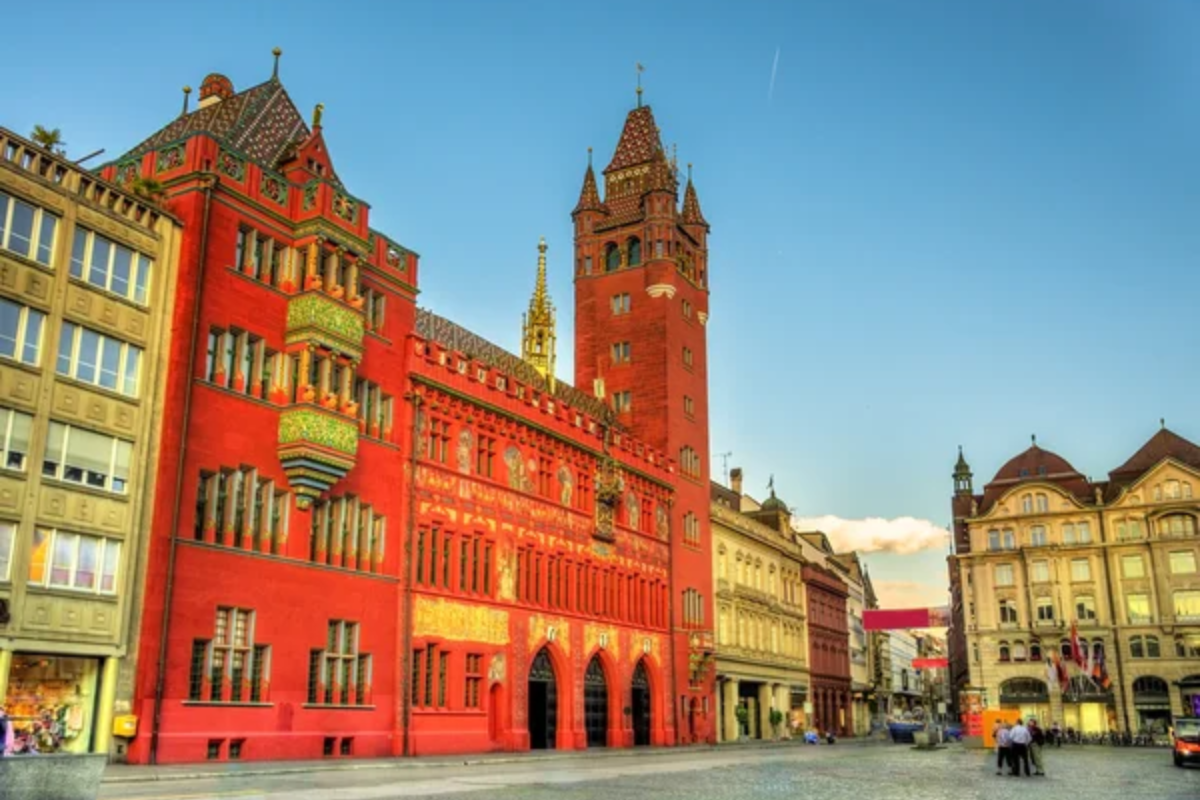
This riverside city near the French and German borders hosts the world’s premier art fair each June, but its year-round cultural offerings rival larger European capitals. The Kunstmuseum houses masterpieces spanning seven centuries, while the Fondation Beyeler displays contemporary works in a Renzo Piano-designed building surrounded by water gardens.
Basel’s commitment to public art transforms urban spaces throughout the city, with sculptures by Richard Serra and Claes Oldenburg standing alongside medieval landmarks. The unique Tinguely Museum celebrates the Swiss artist’s kinetic sculptures with hands-on exhibits encouraging visitor interaction—a playful contrast to traditional museum experiences elsewhere.
Lake Geneva’s Lavaux Vineyards
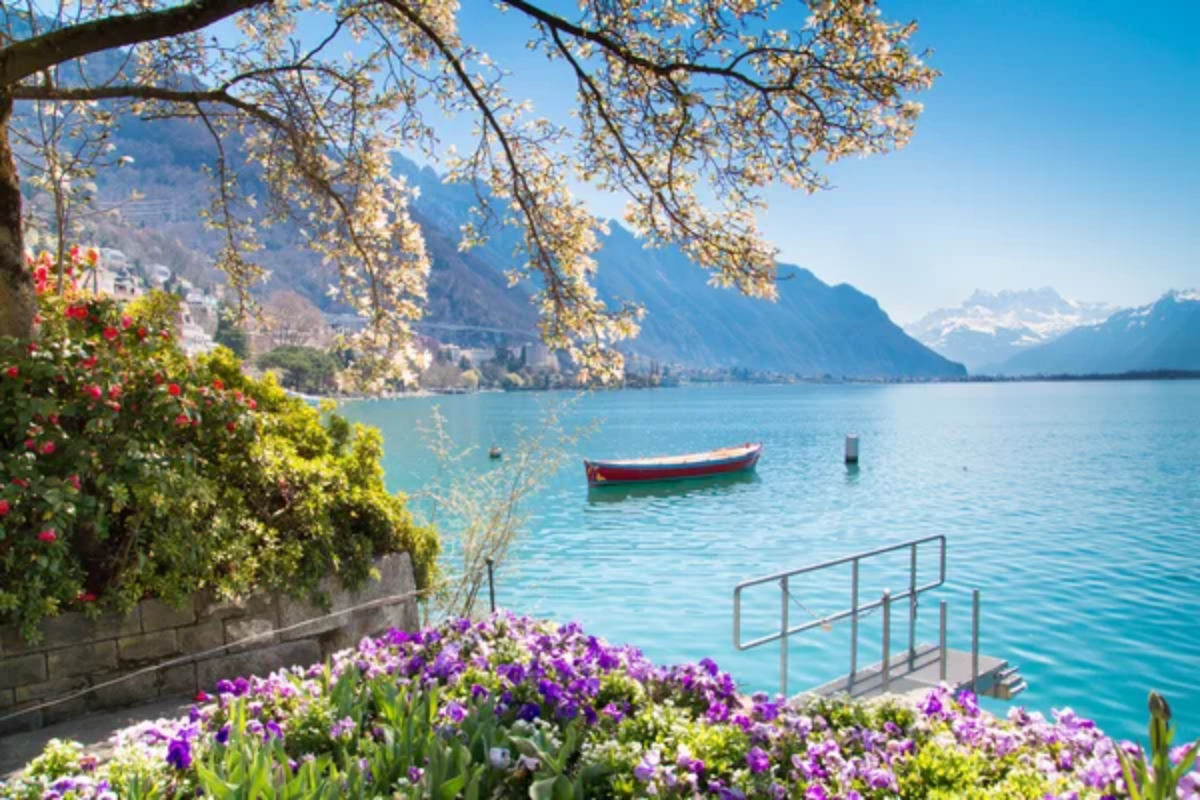
Terraced vineyards dating to Roman times cascade down steep slopes toward shimmering Lake Geneva, creating Switzerland’s most spectacular agricultural landscape—recognized by UNESCO as a cultural heritage site. Stone walls built by monks in the 12th century still support these ancient growing areas, where Chasselas grapes produce mineral-rich white wines expressing distinct characteristics from different sections of the terraced slopes.
The Lavaux Vinorama visitor center introduces the region’s winemaking traditions through multimedia exhibits before tastings of rarely exported wines, while the clearly marked Lavaux Vineyard Trail connects picturesque villages like Saint-Saphorin and Epesses through stunning vineyard landscapes.
Like Travel Pug’s content? Follow us on MSN.
Rhine Falls Near Schaffhausen
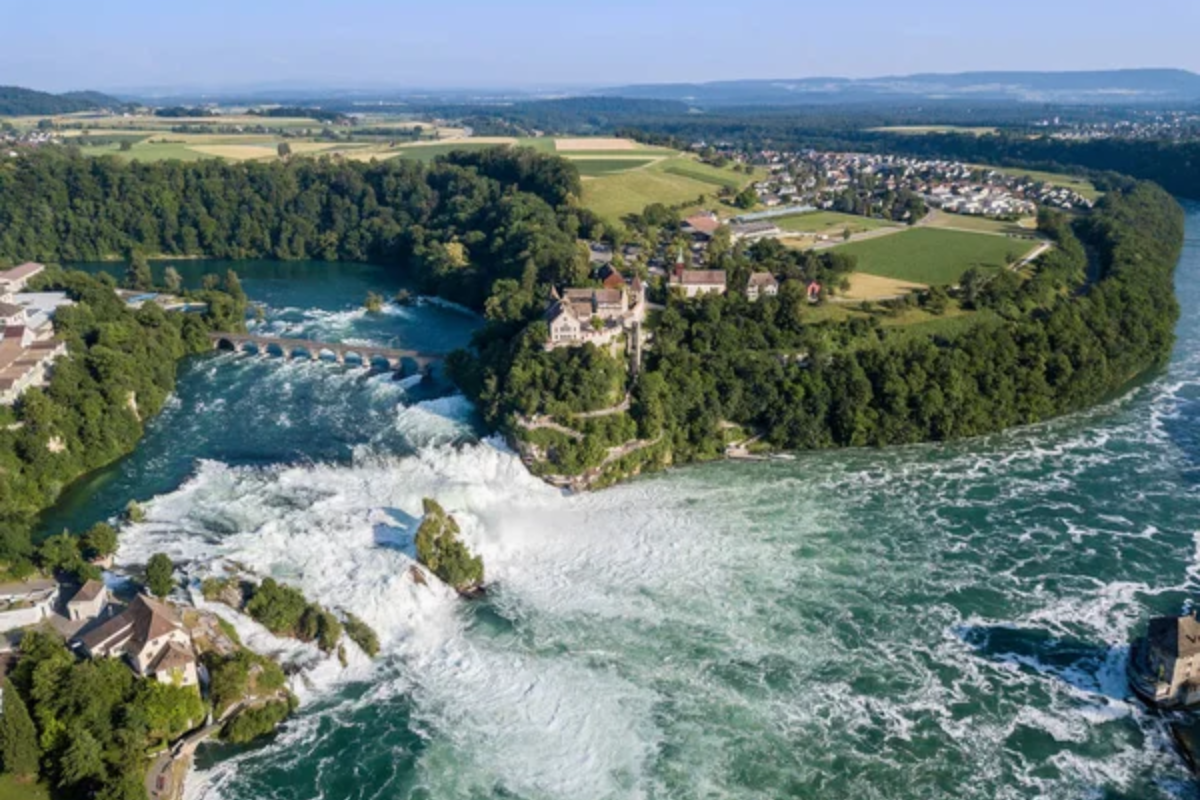
Europe’s largest waterfall demonstrates that Switzerland’s impressive natural features need not involve mountains. Over 600 feet wide and 75 feet tall, the thundering cascade sends mist billowing skyward as emerald waters churn dramatically around viewing platforms positioned remarkably close to the churning power.
Boat excursions approach the central rock formation standing defiantly amid the torrent, while the medieval castle Schloss Laufen provides elevated perspectives from carefully positioned viewpoints connected by wooden walkways—particularly dramatic during spring snowmelt when water volume reaches its impressive peak.
Bern’s Medieval Old Town
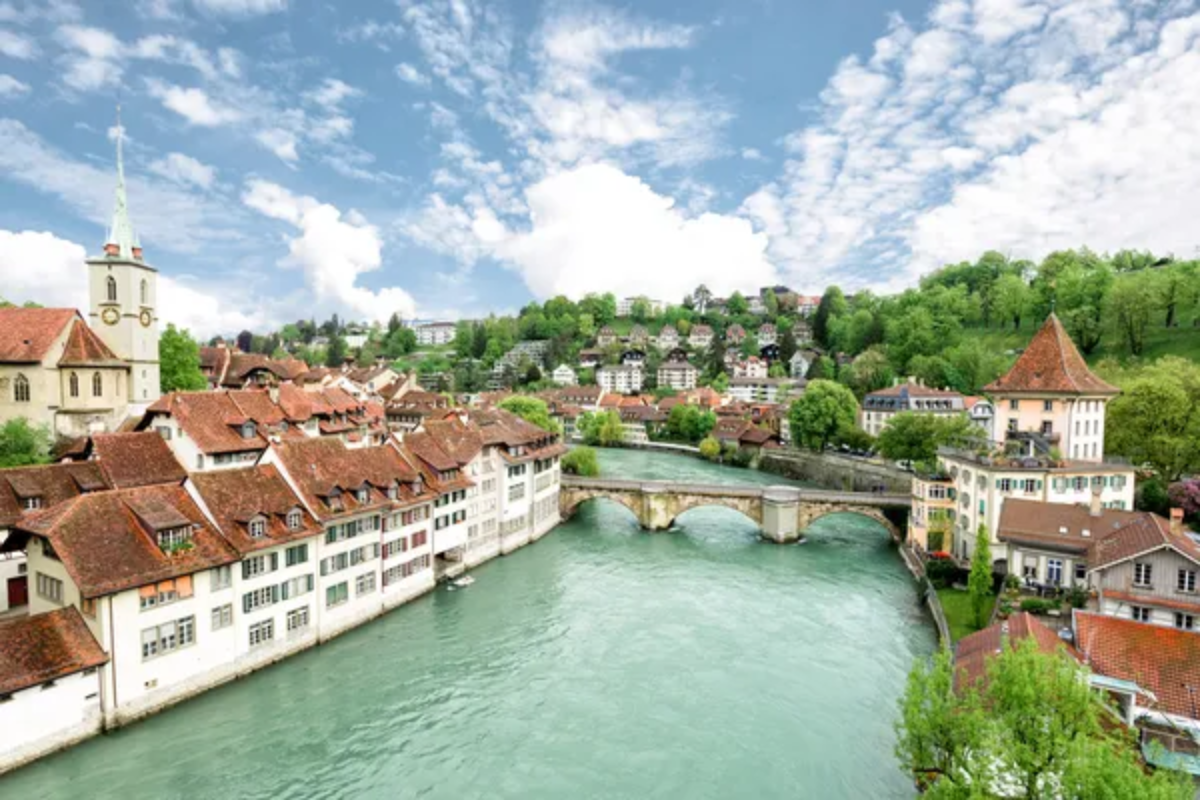
Switzerland’s capital preserves its 12th-century origins within a remarkably intact UNESCO-protected center, featuring sandstone buildings and distinctive covered arcades. The medieval street plan remains unchanged since its original construction, with public fountains topped by colorful figures still supplying drinking water after five centuries of continuous use.
The Zytglogge clock tower’s mechanical figures perform hourly shows dating to 1530, while the elevated Rose Garden offers panoramic views across red-tiled rooftops toward distant mountains. Einstein’s apartment—where he developed his theory of relativity while working as a patent clerk—provides fascinating glimpses into the physicist’s everyday life in this historic setting.
Swiss Museum of Transport
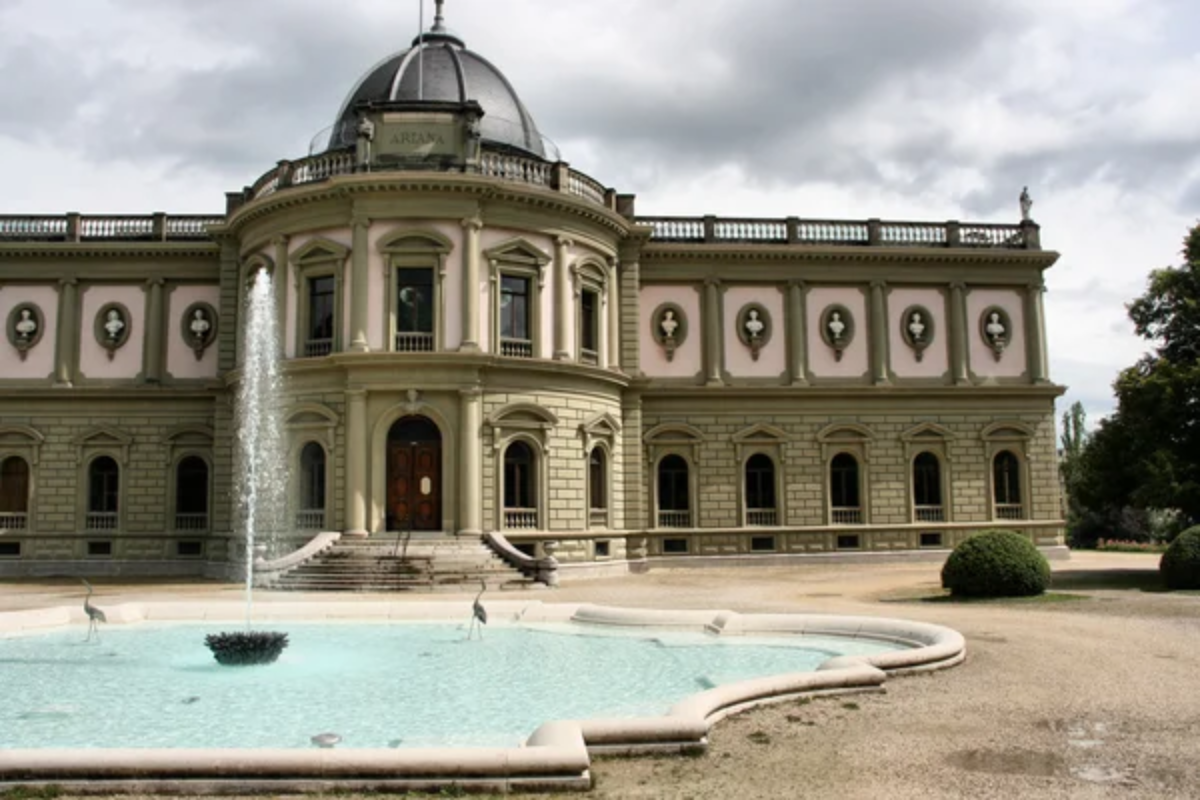
Lucerne hosts this remarkably interactive museum celebrating Switzerland’s contributions to mobility innovations across land, water, air, and space. Unlike typical transportation museums displaying static vehicles, this engaging complex encourages visitors to pilot simulators, operate miniature cable cars, and navigate model railways—perfect for families seeking educational entertainment regardless of weather conditions.
The adjacent Planetarium and Swiss Chocolate Adventure provide additional attractions within a single complex, while the architecturally striking building itself reflects Swiss precision through unique design elements incorporating actual transportation components into its structure.
Like Travel Pug’s content? Follow us on MSN.
Montreux Jazz Festival

For two weeks each July, this lakeside town transforms into a celebration of musical innovation far broader than its jazz-focused name suggests. Concert venues range from the 4,000-seat Auditorium Stravinski to intimate jazz clubs highlighting emerging artists, while free performances animate lakefront parks throughout the festival period.
The event’s remarkable legacy includes archived recordings of historic performances by Nina Simone, Miles Davis, and David Bowie—now preserved on UNESCO’s Memory of the World Register and available for listening at the festival’s multimedia library. The festival’s relaxed atmosphere encourages the exploration of performances across musical genres in stunning settings overlooking Lake Geneva’s shimmering waters.
Swiss National Museum, Zürich

The country’s most comprehensive historical collection occupies a fairytale castle-like building from 1898, recently expanded with striking contemporary architecture that creates a fascinating dialogue between traditional and modern Swiss identity. Exhibits trace Swiss development from prehistoric settlements through banking prominence, with particularly strong collections of religious artifacts rescued during the Reformation and elaborate knight’s armor reflecting medieval craftsmanship.
The museum thoughtfully examines Switzerland’s complex neutrality during European conflicts alongside displays celebrating everyday domestic life across different regions and social classes, offering nuanced perspectives beyond simplified tourist narratives about Swiss history.
Thermal Baths of Baden
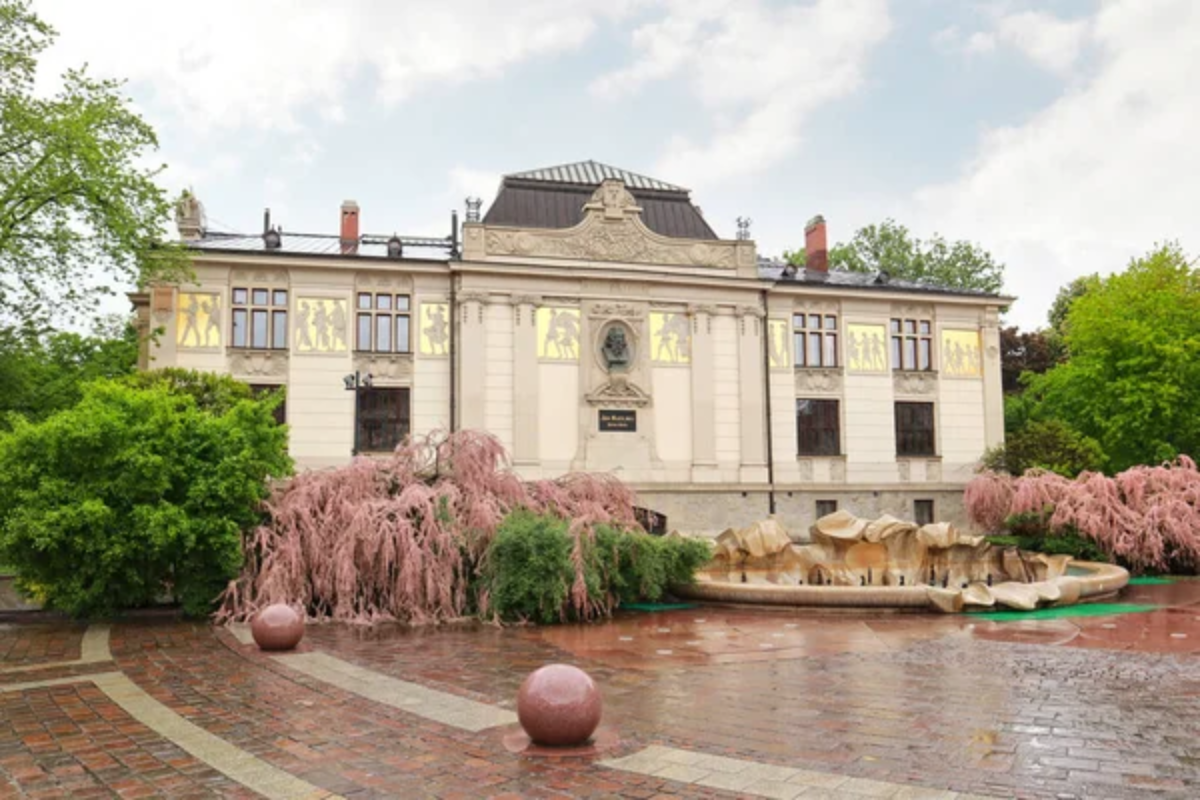
Just 20 minutes from Zürich, this historic spa town continues two millennia of wellness traditions established when Roman legionnaires discovered its mineral-rich waters. The ultramodern FORTYSEVEN° spa complex offers striking architecture featuring floating baskets for relaxation and multiple thermal pools varying in temperature and mineral content.
Nearby, historic hotels maintain traditional bathing facilities where Swiss citizens receive doctor-prescribed thermal treatments covered by national health insurance, reflecting Switzerland’s ongoing commitment to water-based wellness. The compact historic center surrounding these facilities preserves medieval architecture alongside excellent restaurants serving local specialties to hungry bathers seeking post-soak nourishment.
Like Travel Pug’s content? Follow us on MSN.
Einstein Museum in Bern
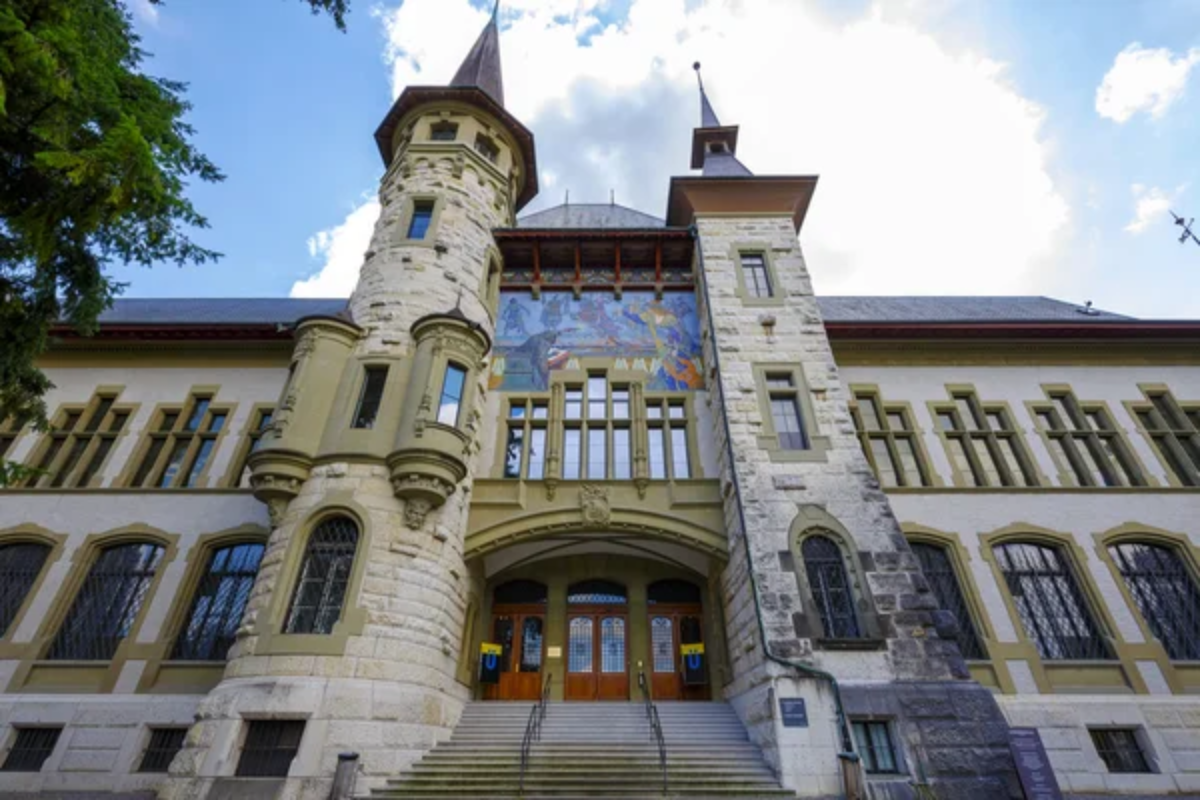
Within the Bern Historical Museum, this fascinating permanent exhibition illuminates the scientific genius’s connections to Switzerland, where he developed his world-changing theories while working as an unknown patent examiner. Interactive exhibits explain complex concepts through accessible demonstrations, while personal artifacts humanize the physicist beyond his scientific achievements.
The museum thoughtfully examines Einstein’s complicated relationship with his Jewish identity during Europe’s darkening political climate, alongside his eventual exile from the continent he transformed through revolutionary thinking. This deeply contextual approach creates meaningful connections between scientific advancement and broader historical currents shaping European society during Einstein’s lifetime.
Swiss Chocolate Immersion
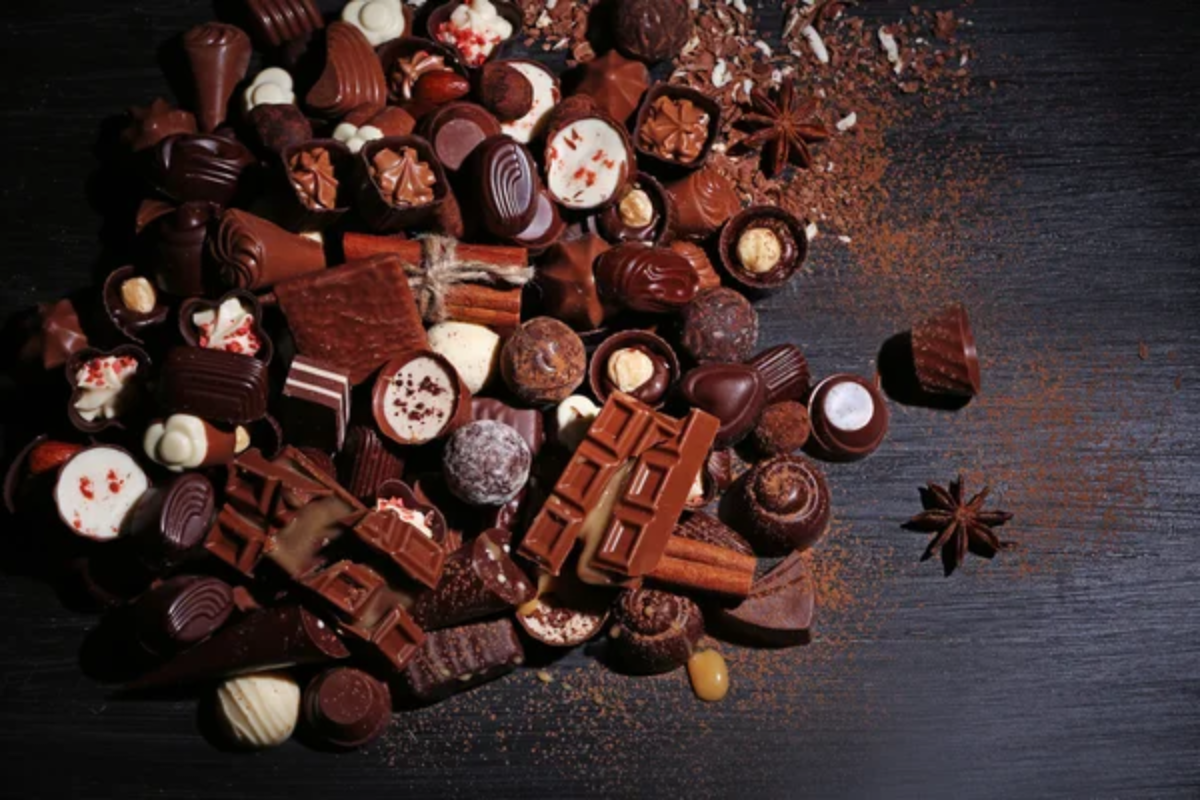
Beyond sampling famous brands, true chocolate enthusiasts can embrace immersive experiences revealing the craft behind Switzerland’s most famous culinary export. Maison Cailler near Gruyères offers sensory-focused factory tours examining chocolate’s journey from Aztec ceremonial drink to contemporary confection, while Läderach provides hands-on praline-making workshops in multiple locations across the country.
The annual chocolate festival in Versoix brings artisanal producers together each March, showcasing innovative techniques alongside traditional methods, while specialist chocolate shops like Teuscher and Sprüngli demonstrate Swiss commitment to quality ingredients through creations that elevate chocolate making to art form status.
Basel Rhine Swimming
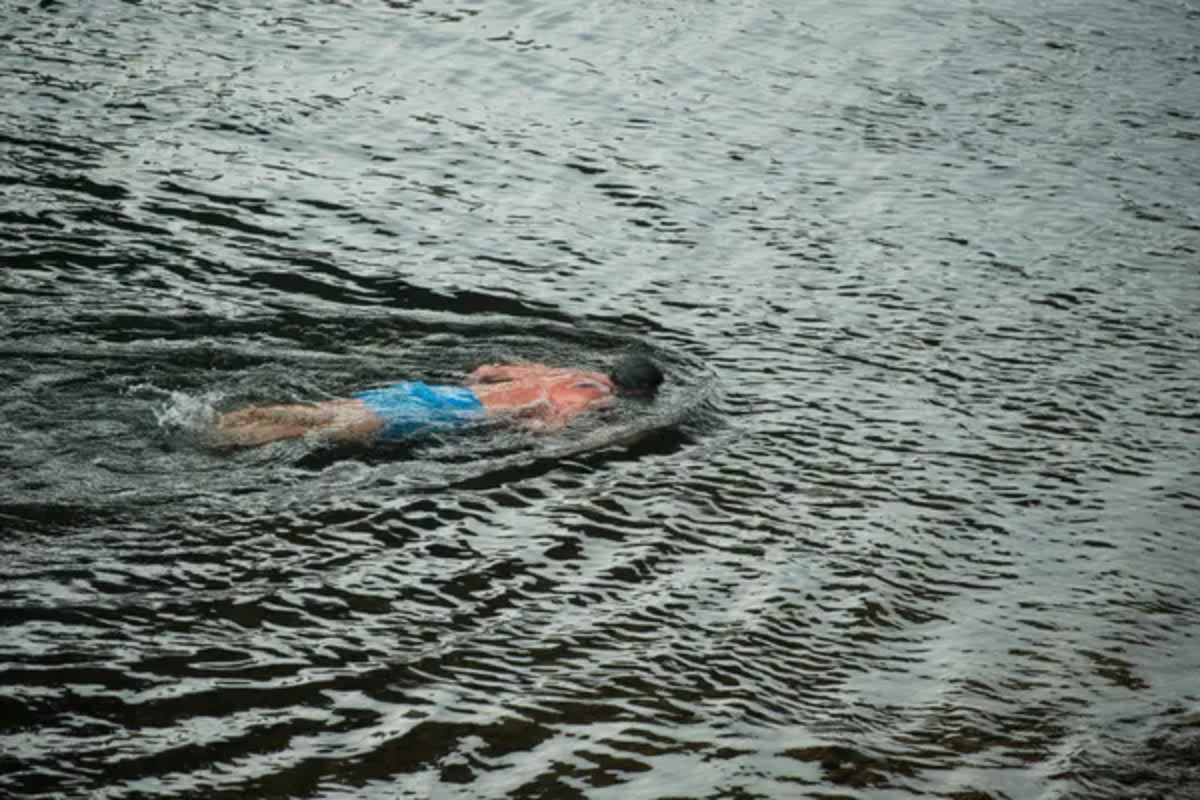
During summer months, thousands of locals participate in a uniquely Swiss urban tradition—floating downstream through central Basel in the Rhine’s clean, swift current. Purpose-built waterproof bags called “Wickelfisch” keep possessions dry while serving as flotation devices for this refreshing urban adventure requiring no specialized equipment beyond basic swimming ability.
Multiple exit points along the route allow participants to choose their journey length, while riverside restaurants provide perfect recovery spots for watching other swimmers drift past. This distinctly Swiss approach to urban recreation demonstrates the country’s exceptional water quality standards and practical approach to enjoying natural resources within city boundaries.
Like Travel Pug’s content? Follow us on MSN.
Fondation Gianadda in Martigny
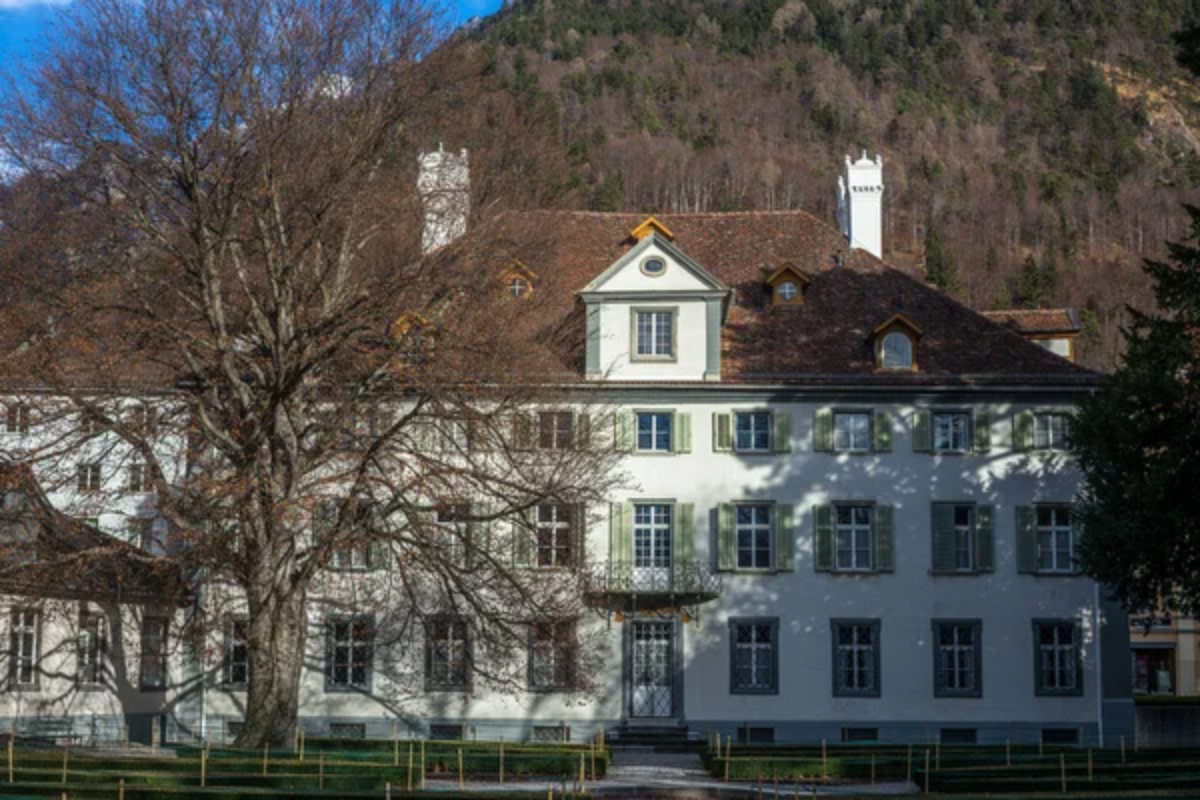
This remarkable cultural complex began when a Roman mercantile settlement was discovered during foundation excavations for a different structure. The resulting museum integrates these archaeological remains beneath contemporary exhibition spaces, hosting world-class art exhibitions.
The surrounding sculpture garden displays works by Rodin, Moore, and Calder amid ancient trees and flowering gardens, while an extensive collection of vintage automobiles occupies another wing—creating Switzerland’s most eclectic cultural attraction. The foundation regularly hosts classical music concerts in intimate settings, while its location near the Italian border reflects the multilingual, multicultural character defining Swiss cultural institutions beyond obvious Alpine connections.
Old Town Zürich Exploration
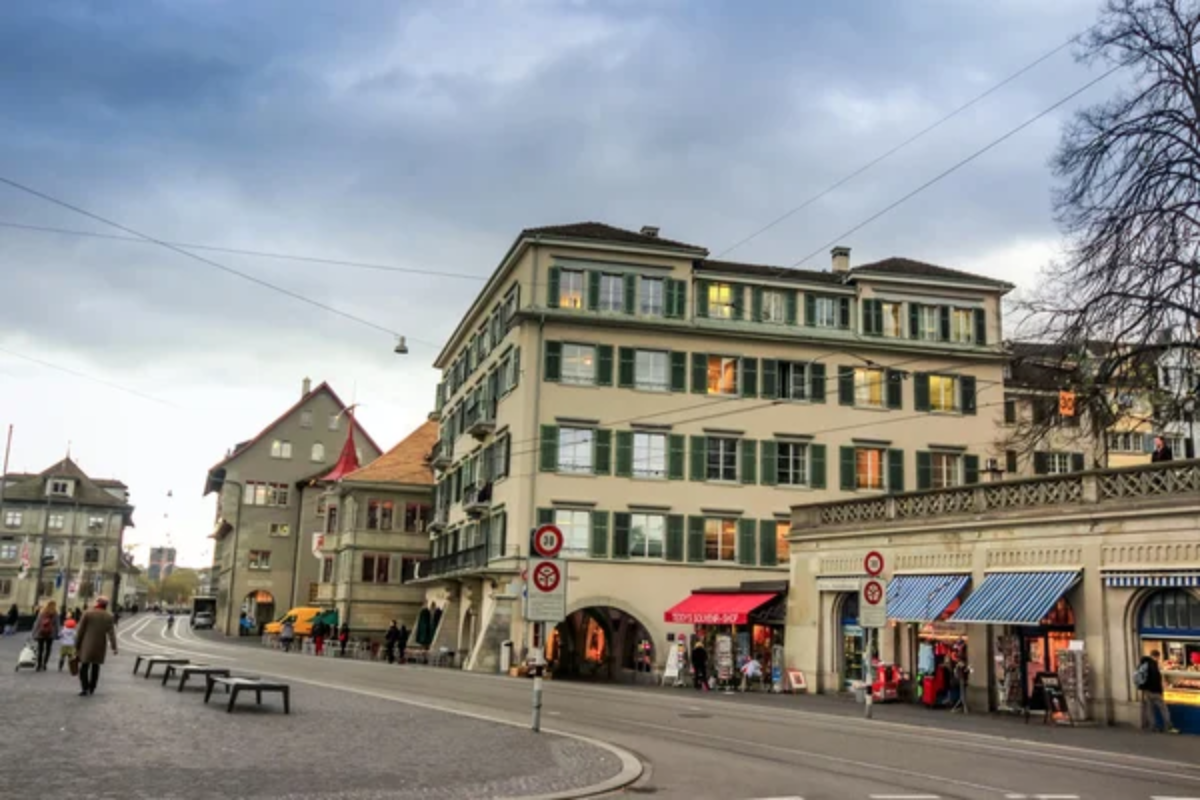
Switzerland’s largest city preserves its medieval heart alongside its role as a global financial center, with winding cobblestone streets revealing unexpected treasures beyond shopping boulevards. The Grossmünster church features contemporary stained-glass windows by Giacometti juxtaposed against Romanesque architecture, while the nearby Fraumünster showcases Chagall’s luminous glass works bathing the interior with colored light.
Hidden guild houses along narrow lanes once housed powerful trade associations controlling commerce; their elaborate interiors occasionally opened for public events, providing glimpses into mercantile wealth that financed Swiss independence centuries ago, allowing visitors to understand Swiss history through architectural evolution rather than museum displays.
The Olympic Museum in Lausanne
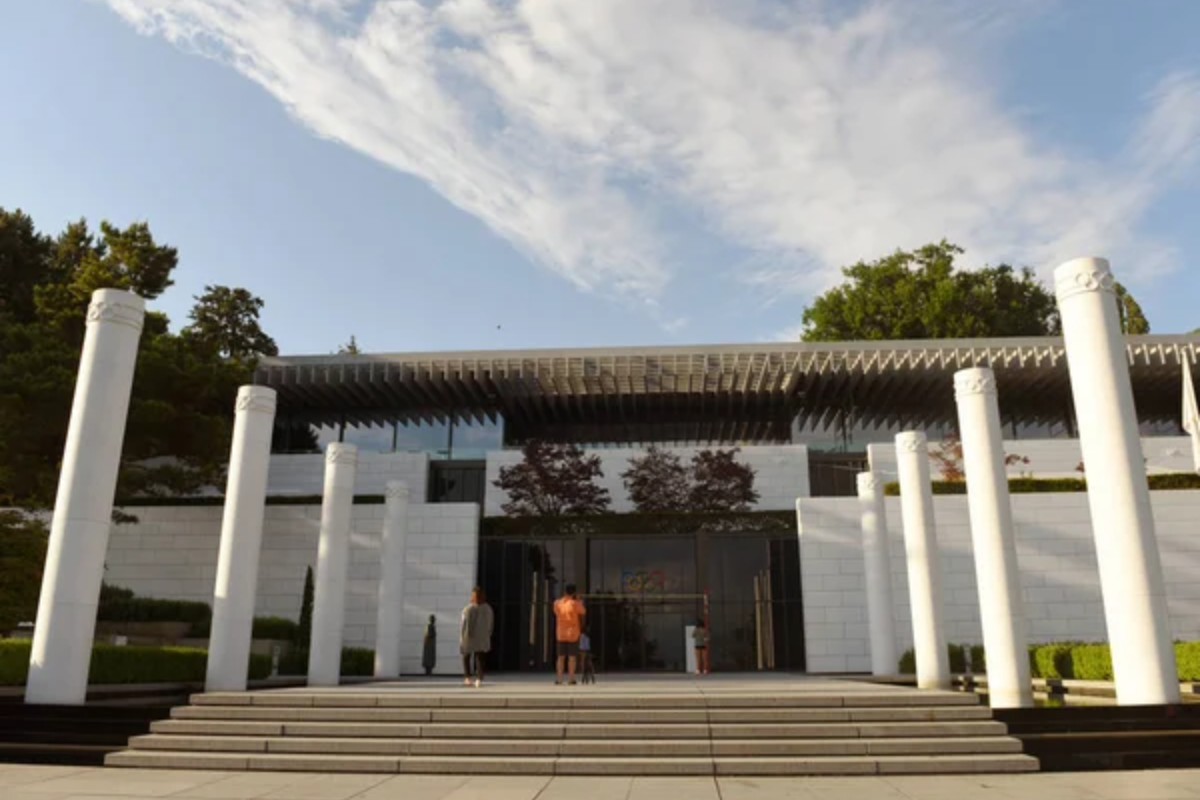
Along Lake Geneva’s shores, this striking contemporary building houses the world’s largest archive of Olympic materials in the city, serving as headquarters for the International Olympic Committee. Interactive exhibits allow visitors to compare their abilities against record-holding athletes, while thoughtfully curated displays examine the Games’ evolution from ancient Greece through contemporary competitions.
The surrounding Olympic Park displays monumental sculptures amid Mediterranean gardens sloping toward the lake, while the top-floor TOM Café offers panoramic views extending toward the French mountains across the water. The museum thoughtfully examines controversial Olympic moments alongside celebratory elements—providing nuanced perspectives reflecting Swiss diplomatic traditions rather than simplistic sports narratives.
Like Travel Pug’s content? Follow us on MSN.
Watch Valley Exploration
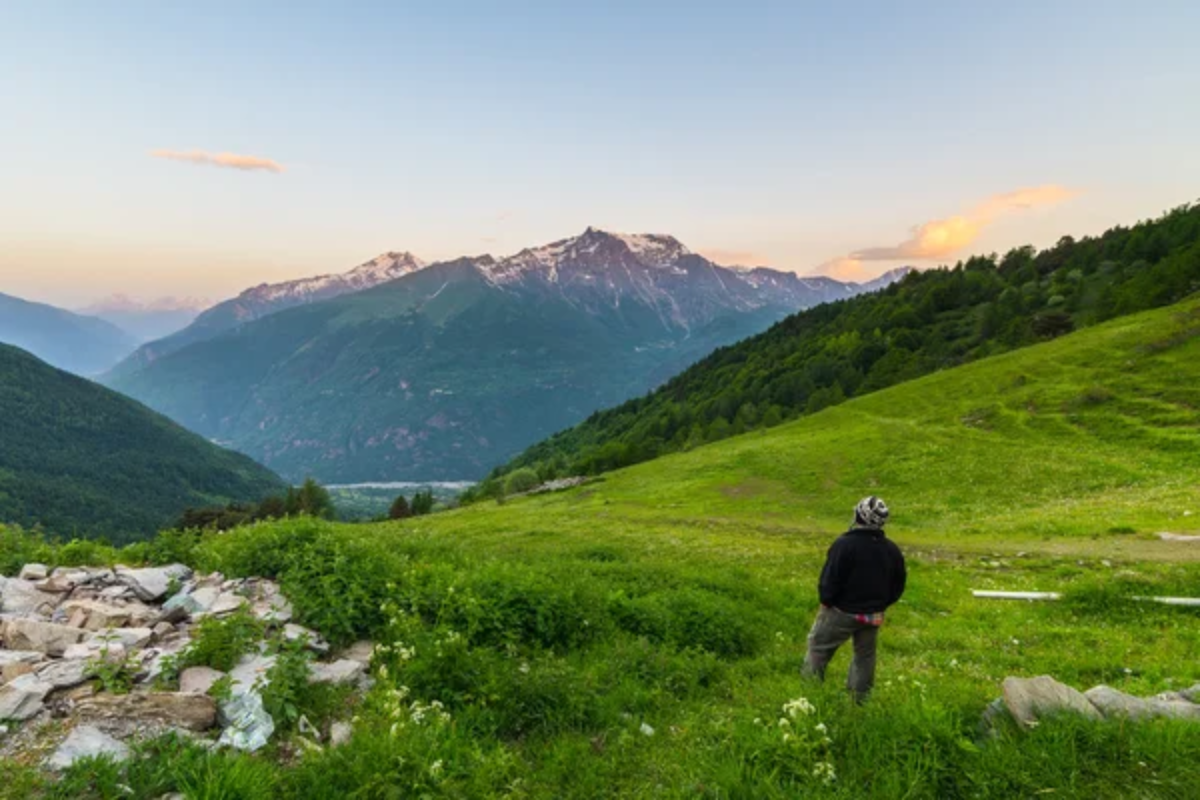
The Jura region along Switzerland’s northwestern border houses centuries of watchmaking heritage, with small museums and factory visits revealing the precision craftsmanship behind famous Swiss timepieces. The Watch Museum in La Chaux-de-Fonds occupies a historic villa where interactive displays demonstrate mechanical movements and specialized tools used in this miniaturized art form requiring extraordinary patience and technical skill.
Nearby Le Locle offers the Château des Monts horology museum displaying automatons and musical watches in period rooms, while contemporary manufacturers like Zenith occasionally open production facilities for pre-arranged visits—offering glimpses into Switzerland’s continuing leadership in mechanical precision beyond the watch industry’s luxury marketing.
Switzerland Beyond the Obvious
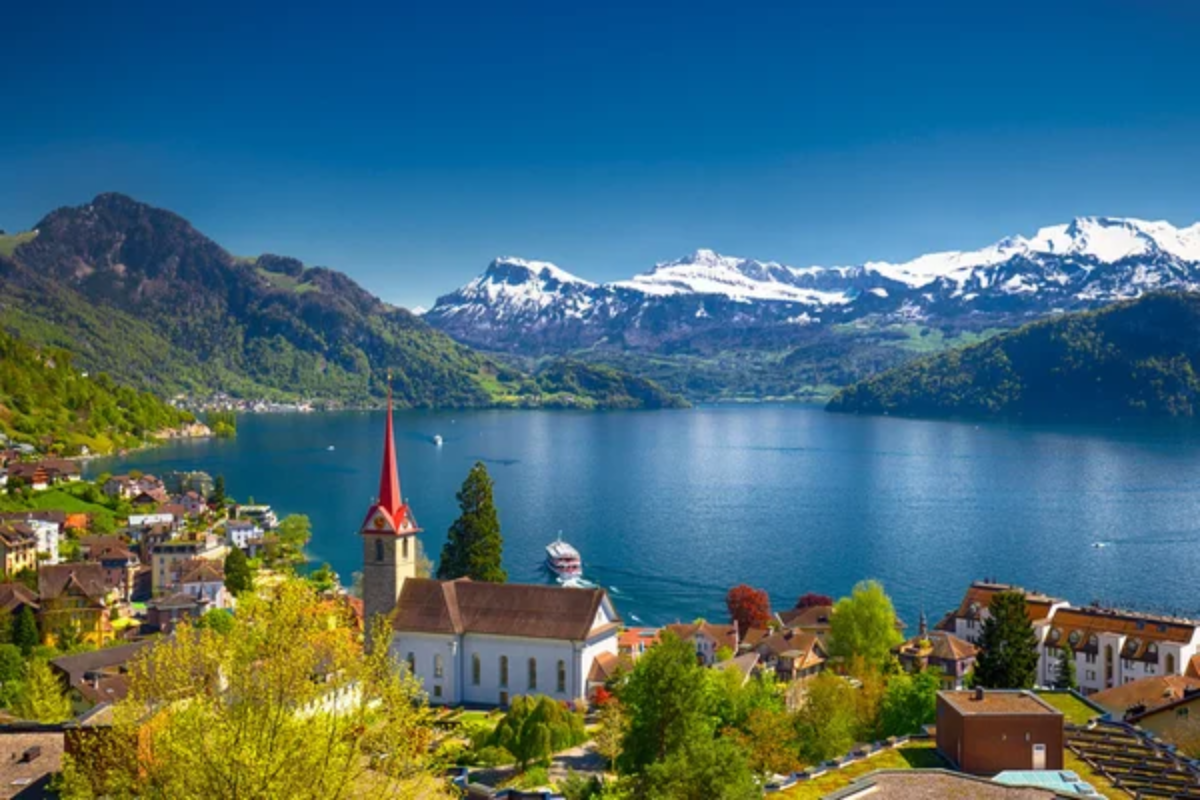
The Swiss reputation for precision extends far beyond the watchmaking and banking stereotypes, appearing in everything from architectural details to public transportation connections precisely coordinated across all regions. This sophisticated attention to quality rewards travelers seeking depth beyond postcard views, revealing a complex multicultural society that has refined the art of comfortable living across its diverse regions.
Whether exploring Roman ruins, sampling regional wine varieties, or discovering contemporary art installations, Switzerland offers remarkable experiences for travelers willing to look beyond its famous mountains to discover the cultural complexity beneath its carefully maintained surfaces.
More from Travel Pug

- 20 Towns Built for One Purpose That Were Later Abandoned
- 15 Hidden Spots in Disney World’s Magic Kingdom Most Visitors Miss
- 20 Once-Popular Beach Towns That Are Now Ghostly Empty
- 15 Canyons in the U.S. That Are Just as Stunning as the Grand Canyon
- 10 Under-the-Radar Mountain Towns That Are Both Affordable and Beautiful
Like Travel Pug’s content? Follow us on MSN.
